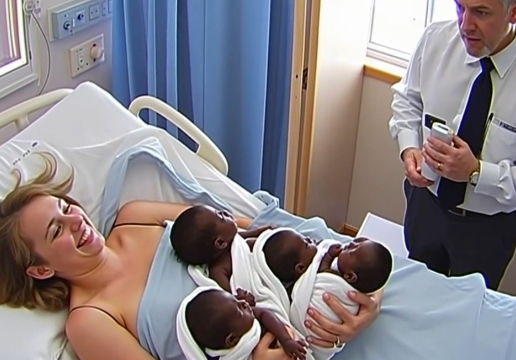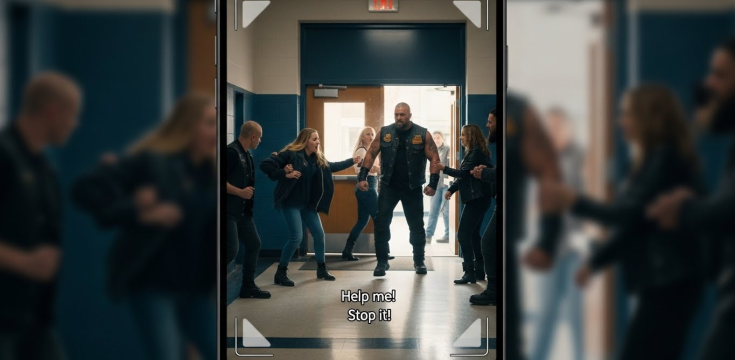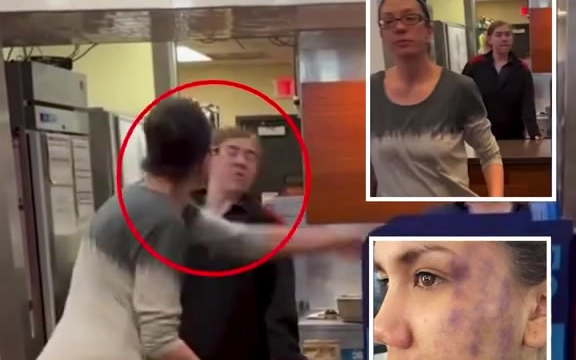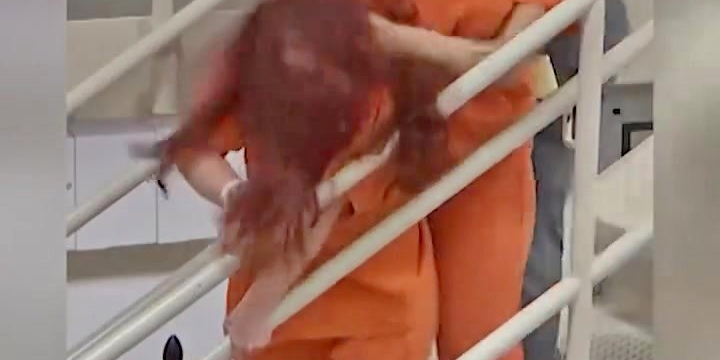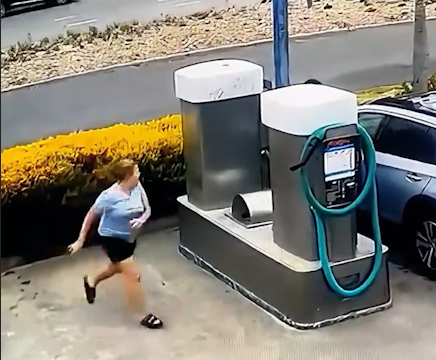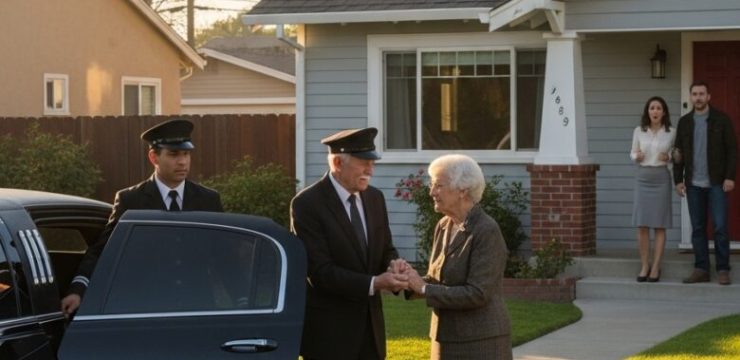When you’re preparing to leave your house for an extended period—whether for vacation, a business trip, or even just a weekend getaway—there’s a simple but surprisingly effective hack you can use to ensure the safety of the food in your freezer: put a coin in your freezer. This little trick can give you peace of mind and potentially save you money by helping you determine whether your food stayed safely frozen during your absence.
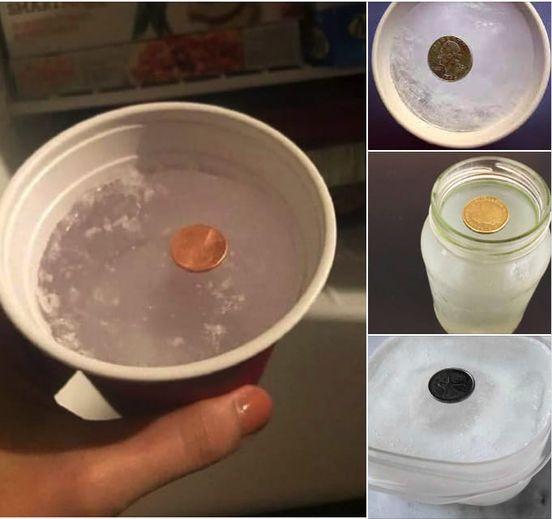
The Simple Hack: What You Need to Know
- What You’ll NeedThe only item you need is a coin—any coin will do, whether it’s a quarter, dime, or penny. The coin should be small enough to fit comfortably on a plate or cup in your freezer. This tiny tool can help you monitor the condition of your freezer during your time away.
- The Purpose of the CoinThe main reason for placing a coin in your freezer is to help you determine if your freezer lost power at any point while you were gone. If the power goes out and the freezer temperature rises, your food may thaw and then refreeze once the power is restored. This hack can tell you whether your food remained safely frozen or if it was at risk of spoiling.
How the Hack Works
- Freezing the CoinBefore you leave home, place the coin on top of a small plate or inside a cup of frozen water in your freezer. As long as the freezer remains at its normal operating temperature, the coin will stay on top of the frozen surface, indicating that your food is safe.
- Checking the Coin When You ReturnWhen you return, check the coin. If it is still sitting on top of the frozen surface, this means your freezer maintained its temperature, and your food remained safely frozen while you were away. However, if the coin has sunk to the bottom of the cup or plate, it indicates that your freezer warmed up enough to cause the water—and likely your food—to thaw, which could mean that your food is no longer safe to eat.
- Understanding the RisksWhen food thaws, especially meats, dairy, and leftovers, bacteria can begin to grow, which may lead to foodborne illness. Using the coin method allows you to gauge whether your food remained safely frozen or if it thawed for an unknown amount of time. If the coin is at the bottom, it’s a sign that you should discard items that may have thawed and refrozen, reducing your risk of food poisoning.
Why This Hack Is Beneficial
- Peace of MindBy placing a coin in your freezer before you leave, you can alleviate some of the stress that comes with worrying about power outages during your time away. This small trick gives you a simple way to monitor your food’s condition, providing peace of mind when you return, especially after extended trips or during unpredictable weather.
- Saving MoneyFood waste can be expensive. Throwing out food because you’re unsure if it’s still safe can add up over time. The coin trick allows you to avoid unnecessary waste by helping you determine whether your food was compromised. This method could save you hundreds of dollars a year by preventing you from discarding food that may still be perfectly fine.
- Preparing for EmergenciesThis hack is particularly useful if you live in an area prone to power outages or if you frequently travel. With just a coin and a few seconds of preparation, you add an extra layer of protection for your food supply. You’ll be able to assess your freezer’s status quickly and make informed decisions about what to keep and what to discard.
Conclusion: A Simple Hack for Big Peace of Mind
The next time you’re preparing to leave home for an extended period, don’t forget to put a coin in your freezer. This small, simple step can save you time, money, and stress while ensuring that the food in your freezer remains safe. Whether you’re going on vacation, traveling for work, or just leaving for the weekend, this quirky but effective hack can help you manage the unexpected.
By embracing this easy trick, you’ll feel more confident about the state of your freezer while you’re away. Share this handy tip with friends and family—it’s proof that sometimes the simplest solutions can have the greatest impact!
